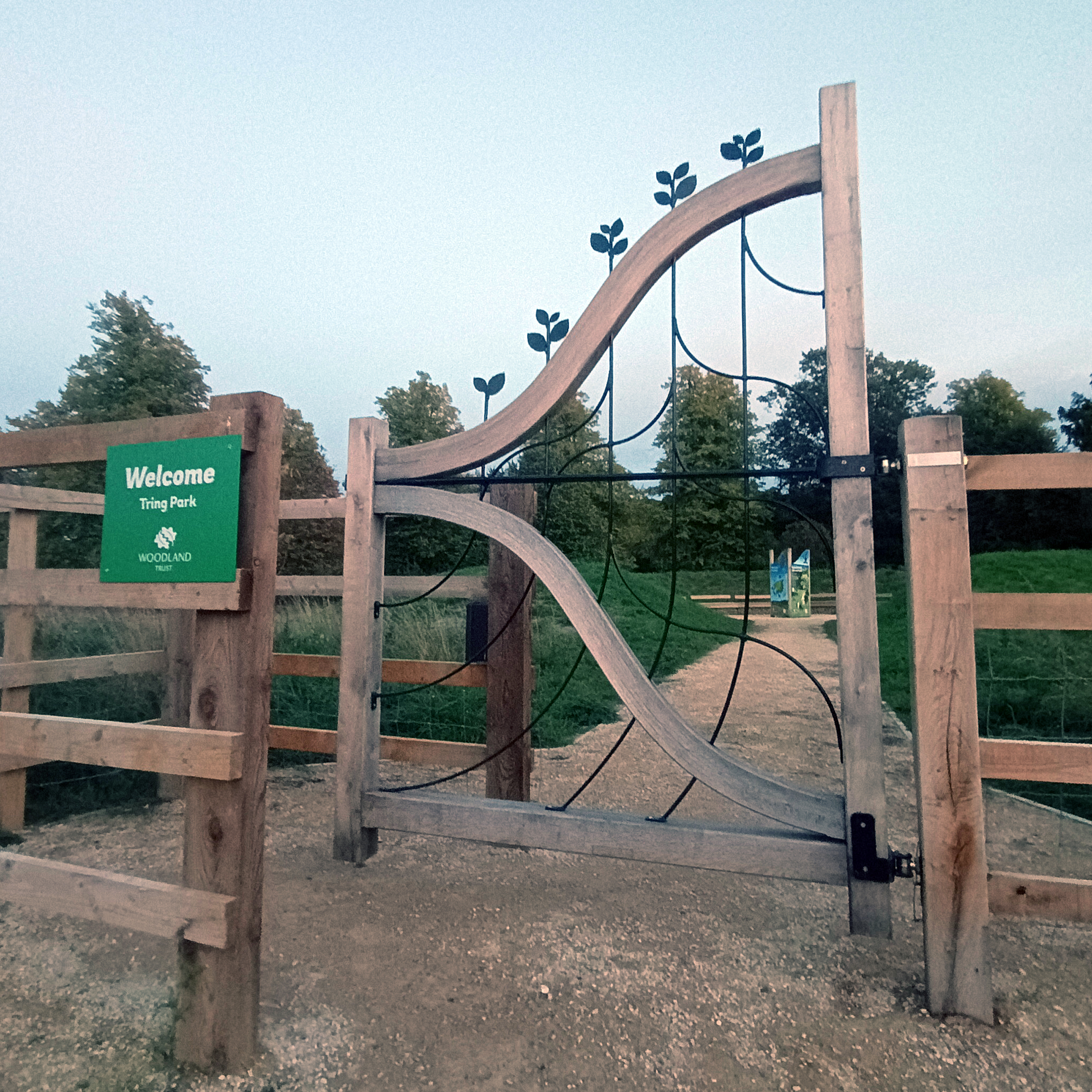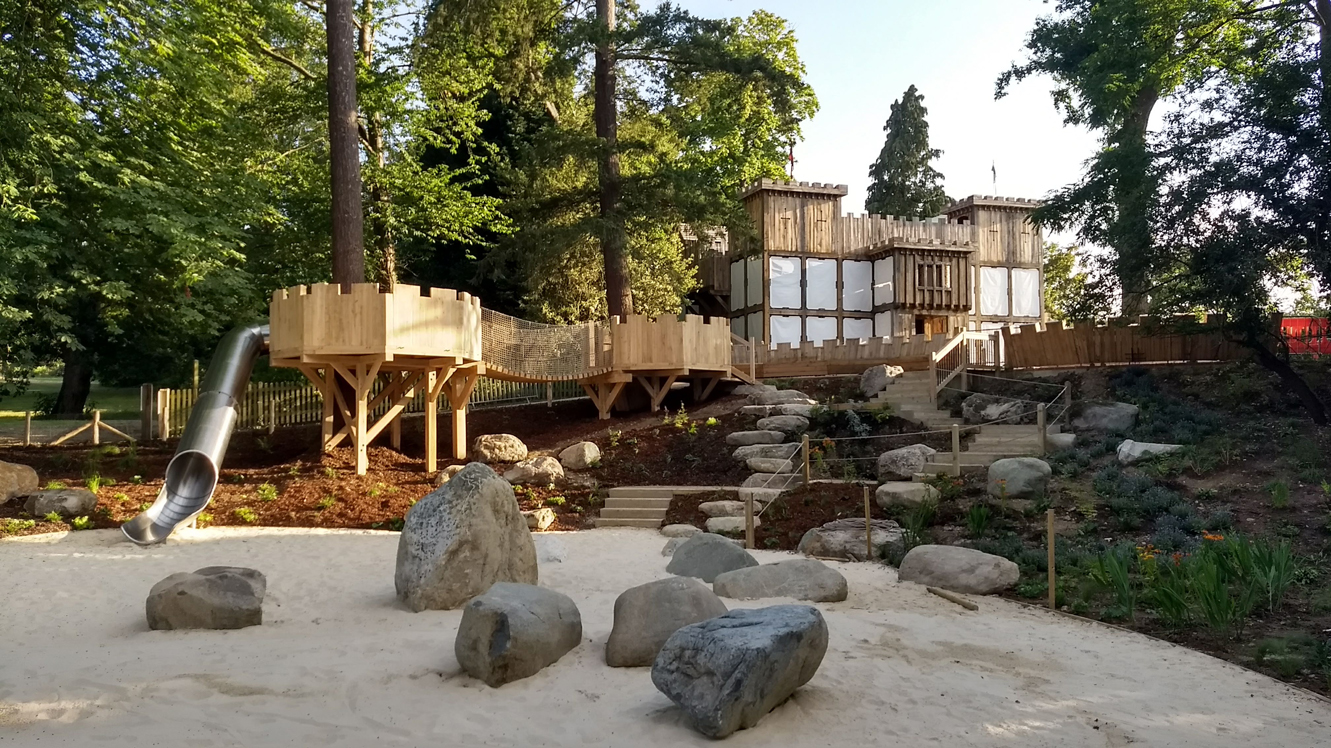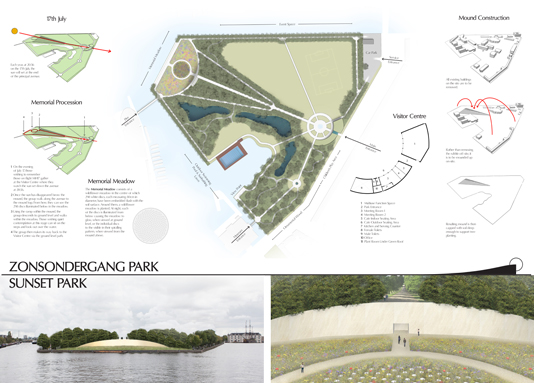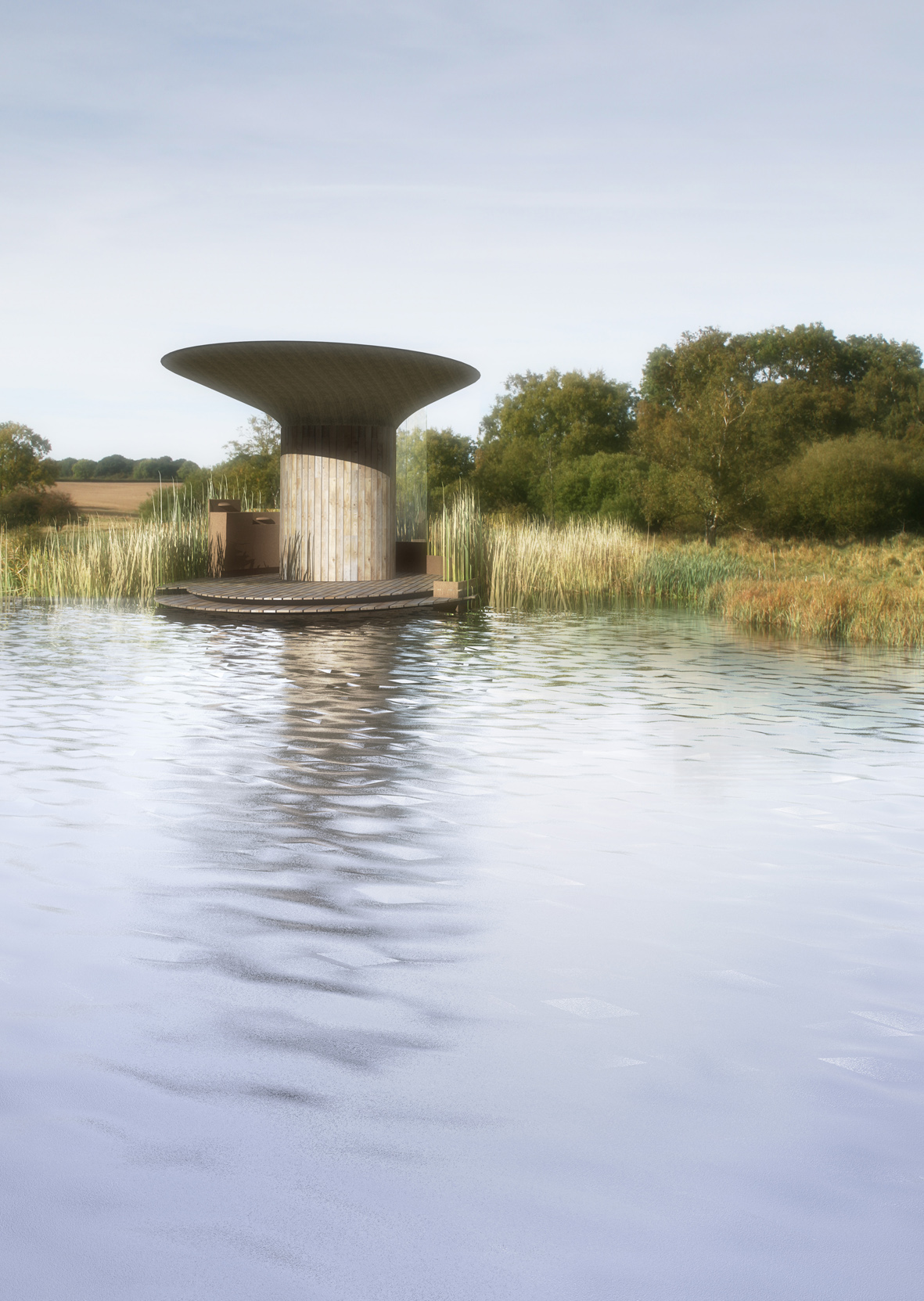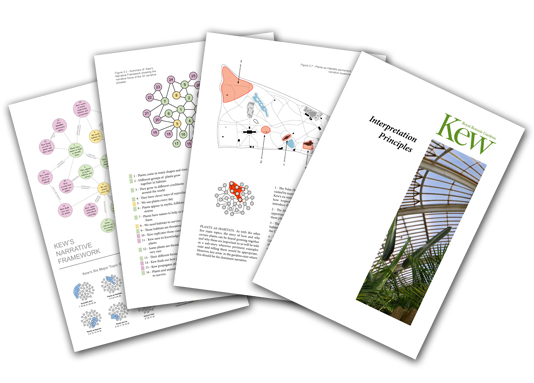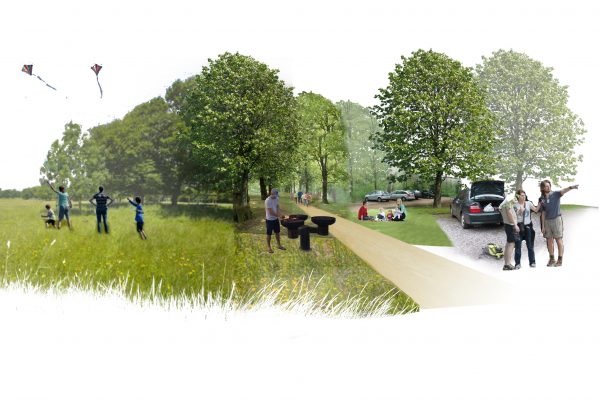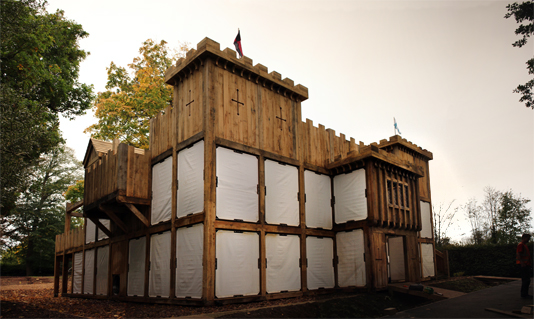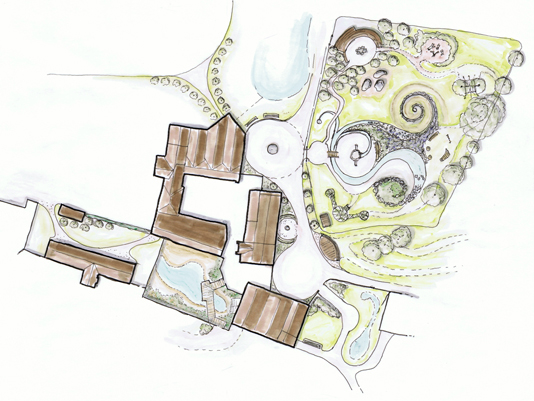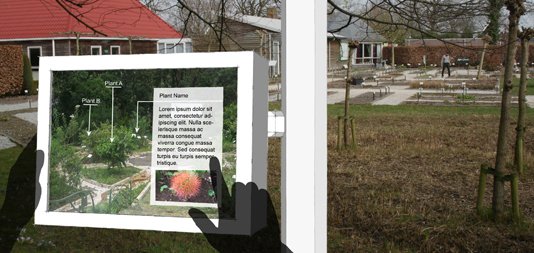Interpretation is the means by which an organisation, such as a botanic garden, heritage attraction or museum, communicates a message to its audience. Good interpretation can order and deliver a diverse range of information in a way that is meaningful and memorable to the recipient. The traditional approach has been to use text and images on an interpretation panel; however, it is far more rewarding when the messages to be conveyed are embodied within the design of the whole experience. FRLA specialises in developing interpretation strategies that use a variety of media to convey its clients’ stories and designing narrative spaces where these stories are told.
The Royal Botanic Gardens, Kew, approached FRLA to create a new interpretation plan. Kew has a large number of stories that cover a broad range of topics. To make this accessible to both the visitor and the staff that will be creating the interpretation content, we organised these into a manageable form (read more).
An example of the embodiment of narrative within design is the welcome area we designed for the Woodland Trust’s site, Tring Park, in Buckinghamshire. Here, the key feature of the site, the chalk hill topped with woodland, inspired the design of the entrance gate. The stylisation of the slope was continued in the shape of the interpretation panels.
Our design for the playground at Hever is heavily embodied with narrative as a back-story for the previous owners was used to guide how the castle might have developed into its current form. Within the castle there is a more obvious piece of interpretation; a table in the dining hall that is laid out with six place settings, one for each of Henry VIII’s wives.
